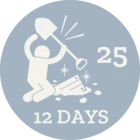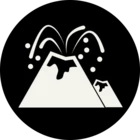Has anyone encountered issues with 4-band jp2000 files written by FME Server crashing in Kakadu?
The error is:
"A `jp2_channels' object indicates the presence of "
"more colour channels than the number which is associated with the "
"specified colour space. This may happen while reading a JP2-family "
"data source which contains an illegal channel definitions (cdef) "
"box, or it may happen while writing a JP2-family file if the "
"`jp2_channels' object has been incorrectly initialized."









